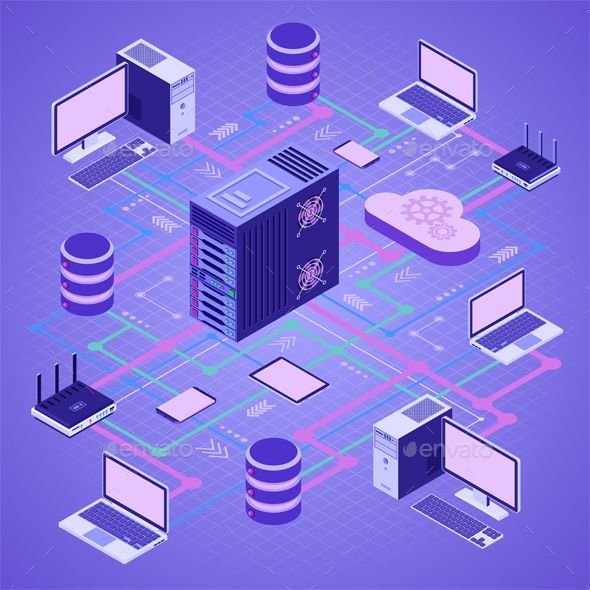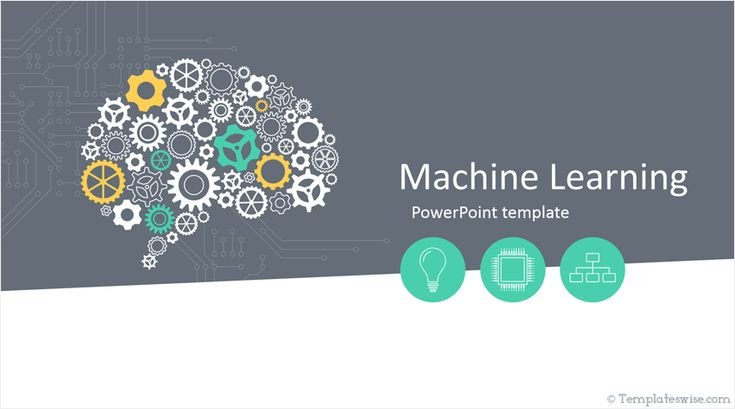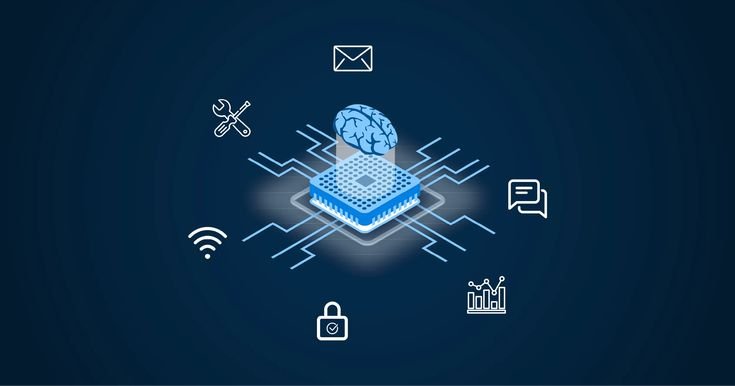Cloud computing has transformed the way businesses and individuals handle data and applications, providing scalable resources, cost efficiency, and flexibility. As cloud technology continues to evolve, many are asking: what comes next? What new advancements and trends are on the horizon that could shape the future of computing?
In this blog, we’ll explore the emerging technologies and concepts that are poised to follow cloud computing, examining their potential impact and how they might change the landscape of technology in the coming years.
1. Edge Computing
One of the most talked-about trends following cloud computing is edge computing. Edge computing involves processing data closer to the source of data generation, such as IoT devices or sensors, rather than relying on centralized cloud servers.
Key benefits of edge computing:
- Reduced Latency: By processing data locally, edge computing minimizes the delay in data transmission, which is crucial for real-time applications like autonomous vehicles and smart grids.
- Improved Bandwidth: Edge computing can reduce the amount of data that needs to be sent to the cloud, thus alleviating network congestion and optimizing bandwidth usage.
- Enhanced Privacy and Security: Keeping sensitive data on local devices can enhance security and privacy by reducing exposure to potential breaches during transmission.
As more devices become interconnected and generate massive amounts of data, edge computing is expected to play a crucial role in handling and processing this information efficiently.
2. Quantum Computing
Quantum computing represents a significant leap from traditional computing models. It leverages the principles of quantum mechanics to process information in fundamentally new ways, potentially solving complex problems that are currently intractable for classical computers.
Key potential impacts of quantum computing:
- Increased Processing Power: Quantum computers could solve certain types of problems exponentially faster than classical computers, such as simulating molecular structures or optimizing complex systems.
- Advancements in Cryptography: Quantum computing could break current cryptographic algorithms, necessitating new approaches to data security and encryption.
- Revolutionizing Research: It has the potential to revolutionize fields like materials science, pharmaceuticals, and finance by providing insights and solutions that were previously out of reach.
Although still in its early stages, quantum computing is rapidly advancing, and its future developments could have profound implications across various industries.
3. Serverless Computing
Serverless computing, also known as Function-as-a-Service (FaaS), abstracts away the underlying infrastructure, allowing developers to focus solely on writing code. The cloud provider automatically manages the execution and scaling of code in response to events.
Key benefits of serverless computing:
- Cost Efficiency: You pay only for the actual compute time consumed by your functions, rather than maintaining servers or infrastructure.
- Scalability: Serverless platforms automatically scale resources based on demand, simplifying deployment and management.
- Faster Development: By abstracting infrastructure management, developers can build and deploy applications more quickly.
Serverless computing complements cloud computing by providing a more granular and event-driven approach to application deployment, making it an attractive option for many developers.
4. Fog Computing
Fog computing extends the concept of edge computing by creating a decentralized network of nodes that sit between the edge devices and the cloud. It facilitates data processing and analysis closer to the source while still allowing for integration with centralized cloud services.
Key benefits of fog computing:
- Enhanced Performance: By distributing computation, fog computing can reduce latency and improve the performance of applications requiring real-time data processing.
- Optimized Resource Use: It leverages a mix of edge devices and local servers, optimizing resource usage and improving overall system efficiency.
- Flexibility and Scalability: Fog computing can adapt to various scales, from small IoT networks to large enterprise systems.
As the Internet of Things (IoT) continues to grow, fog computing will play a vital role in managing the data and computational needs of interconnected devices.
5. Artificial Intelligence and Machine Learning Integration
Artificial Intelligence (AI) and Machine Learning (ML) are becoming increasingly integrated with cloud and edge computing to enhance data processing and decision-making capabilities. The combination of these technologies can offer advanced analytics, automation, and intelligent systems.
Key applications include:
- Predictive Analytics: AI and ML algorithms can analyze historical data to make predictions about future events, aiding in decision-making across various industries.
- Automation: Intelligent systems can automate complex processes, from customer service chatbots to autonomous vehicles, enhancing efficiency and reducing human intervention.
- Personalization: AI-driven systems can offer personalized recommendations and experiences based on user behavior and preferences.
The integration of AI and ML with cloud and edge computing is likely to drive further innovations and efficiencies, expanding the possibilities of what these technologies can achieve.
6. Decentralized Computing
Decentralized computing focuses on distributing computational resources across multiple nodes in a network rather than relying on centralized servers. Technologies such as blockchain and distributed ledger technology (DLT) are key components of this paradigm.
Key benefits of decentralized computing:
- Enhanced Security: By distributing data across multiple nodes, decentralized computing can reduce the risk of single points of failure and enhance data security.
- Increased Transparency: Decentralized systems offer greater transparency and immutability, making them suitable for applications requiring auditability and trust.
- Resilience and Redundancy: Decentralized networks can provide greater resilience and redundancy, as the failure of one node does not affect the entire system.
Decentralized computing could redefine how we approach data security, privacy, and system reliability in the future.
7. 5G Technology
The rollout of 5G technology is set to revolutionize connectivity by providing faster data speeds, lower latency, and greater network capacity. This advancement will significantly impact cloud and edge computing by enabling new applications and services.
Key benefits of 5G technology:
- Faster Data Transfer: 5G networks offer significantly faster data transfer speeds, enhancing the performance of cloud-based applications and services.
- Low Latency: The reduced latency of 5G will improve real-time communication and enable applications requiring instantaneous data processing, such as augmented reality (AR) and virtual reality (VR).
- Enhanced IoT Capabilities: 5G will support a larger number of connected devices, facilitating the growth of IoT and smart city applications.
As 5G becomes more widespread, it will complement and enhance cloud and edge computing by providing the infrastructure needed for advanced and connected technologies.
Conclusion: What’s Next After Cloud Computing?
While cloud computing continues to be a transformative force in technology, several emerging trends and technologies are poised to shape the future of computing. From edge and fog computing to quantum computing and decentralized systems, the next wave of technological advancements promises to build on the foundations laid by cloud computing.
These innovations will drive new capabilities, improve performance, and open up new possibilities for industries and applications. As technology evolves, staying informed and adaptable will be crucial for leveraging these advancements and navigating the future of computing. The next era of technology holds exciting opportunities and challenges, and being aware of these trends will help us better prepare for what lies ahead.





